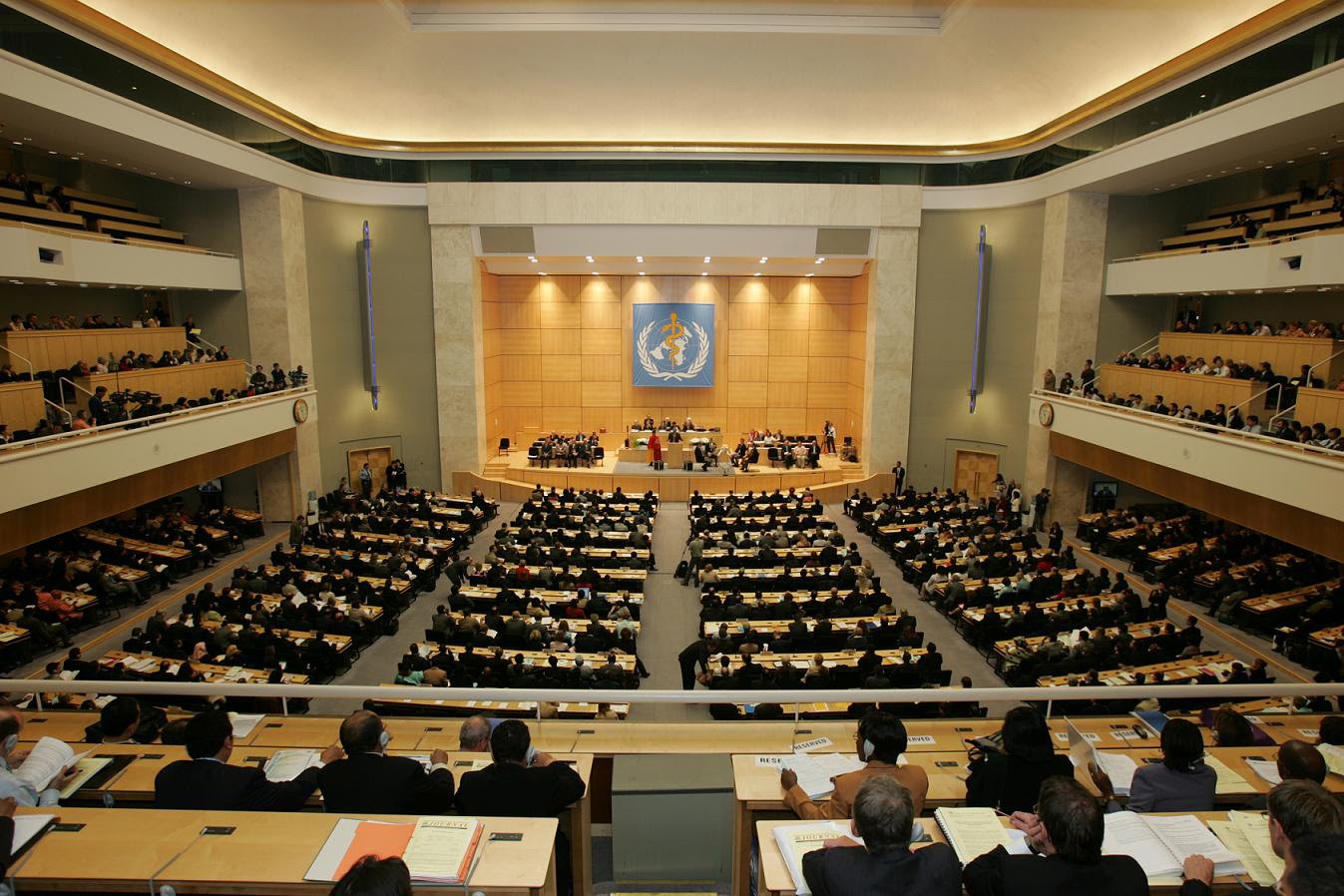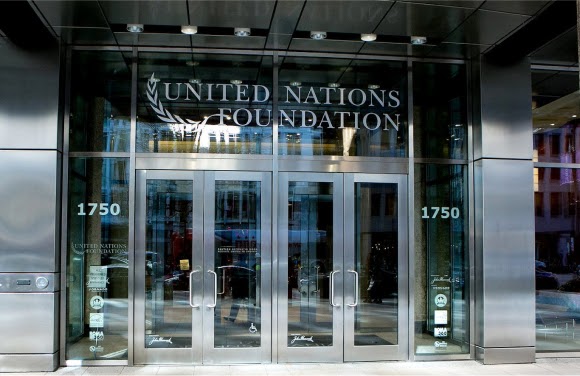COVID-19 Solidarity Response Fund
Racing Against a Pandemic
COVID-19 has taken so much from us, but it has also given us a unique opportunity to put aside our differences, to break down barriers, to see and seek the best in each other, and to lift our voices for health for all.
Dr. Tedros Adhanom Ghebreyesus,
Director-General of WHO
As the pandemic spread exponentially across the world, healthcare systems were in danger of being overwhelmed. Protective equipment and medical supplies were scarce and the world was shutting down, making it nearly impossible to get lifesaving resources to the right places in time.
Reacting to this once-in-a-generation pandemic, in March 2020 the World Health Organization (WHO) came together with the United Nations Foundation (UN Foundation), the Swiss Philanthropy Foundation, and a host of other partners to create a novel, innovative, and game-changing solution: the COVID-19 Solidarity Response Fund. This is the story of the Fund’s first year.
The Fund was designed to do two things quickly: mobilize private funding on a global scale to stay ahead of the threat, and provide a nimble, responsive way to direct resources where they were needed most. An independent evaluation praised the Fund’s design and impact, and this playbook shares how it was put together. Ultimately, the phenomenal scale and impact was a testament to global generosity. At one point the Fund was the second biggest single contributor to WHO's global response.
Building a Network for Global Giving
The COVID-19 Solidarity Response Fund forged the first-of-its-kind network of trusted partners to receive donations from individuals, companies, and organizations around the world, inspired to help stop the deadly virus with gifts of all sizes. In addition to the United Nations Foundation, Swiss Philanthropy Foundation and WHO, in the Fund’s first year this network included:
- 14 active members of the Transnational Giving Europe network in Europe and North America
- China Population Welfare Foundation which garnered more than 200,000 individual donors
- Japan Center for International Exchange which raised $15 million
Designed to Deliver
In its first year, the UN Foundation acted as primary fiduciary partner and the main marketing and partnership-building engine, while WHO coordinated the overall organization of the Fund. WHO also allocated the funds raised to respond to the pandemic, collaborating with international partners to unlock global supply chains for vital commodities like personal protective equipment and tests, and leading the global research agenda on this novel pathogen. Through it all there was a focus on protecting the world’s most vulnerable people and setting up systems that would create a legacy for the future.
The stories below demonstrate the profound impact of the COVID-19 Solidarity Fund in its first year, from March 2020 to March 2021. These examples of help and hope in the face of a dire threat show what’s possible when the world comes together to take transformative action.
When the World Comes Together
People, companies, and organizations around the world stepped up in such an urgent way, motivated by solidarity and common cause. The Fund’s resources went where WHO needed them most, when WHO needed them most – saving countless lives. Everyone who contributed to the Fund should feel enormous pride in that impact.
Elizabeth Cousens,
President and Chief Executive Officer of the United Nations Foundation
Celebrities, athletes and members of the public came together to promote the COVID-19 Solidarity Response Fund. Lady Gaga curated the One World: Together at Home virtual concert, online gamers hosted fundraisers on Twitch and retailers and musicians donated royalties to support the cause.
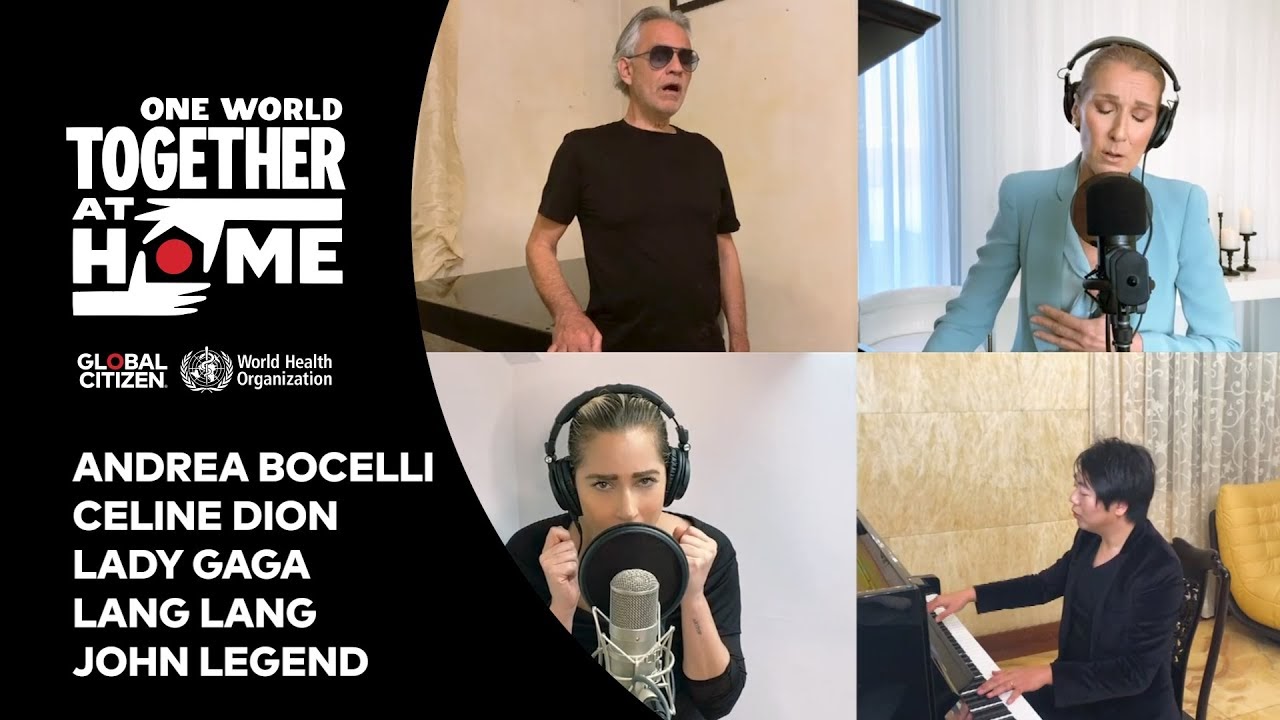
Total funding raised in the first year
Money Raised
Number of Donors
Delivering When No One Else Could
As a nurse, I want to help and treat patients. I can see a gunshot wound or shrapnel injury, but I can’t see [COVID-19]. Even if I want to treat, how can I do that without personal protective equipment? My focus would shift from the patient to worrying about if I will get infected.”
Irene Versoza,
A nurse in Yemen, May 2020 (Source: UNSDG)
Health care workers were wearing trash bags, there was a lack of water and electricity in some hospitals and clinics, medical face masks were in short supply, and hand sanitizer was impossible to find. In the early days of the pandemic, getting the right supplies to the right places was in many instances a literal matter of life and death. But borders were closed, and supply chains paralyzed.
With countries around the world scrambling, prices of raw materials skyrocketing, and the virus spreading, WHO marshalled the collective power of the UN, partners and donors to develop a unified, coordinated approach on a massive scale.
Providing Protection to the Front Lines
One of the first priorities of the Fund at the outset of the pandemic was to get a sustainable global supply chain up and running when air cargo networks had collapsed. Using Fund resources, WHO worked with UN partners, including the World Food Programme and The United Nations Children’s Fund (UNICEF), to establish and finance a global supply chain effort and emergency hubs for essential products to move around the world swiftly and equitably.
By virtue of the Fund’s astounding debut -$201 million raised in just six weeks - WHO was able to further leverage financial resources with partners like the Bill & Melinda Gates Foundation. This enabled WHO to establish and run the world’s largest procurement and supply chain solution in the pandemic, designed especially to support low- and middle-income countries (LMICs). Half of the supplies going to lower-income countries in 2020 were procured thanks to the Fund.

Capitalized by the Fund’s financial resources, WHO established a supply chain bridge facility; when supplies arrived in-country, governments with the ability to pay and other donors poured resources back into the effort, allowing for further purchase and distribution of supplies like hard-to-find PPE to other nations in need.
By late 2021, the bridge facility had stabilized into an enduring $65 million revolving fund, which continues to be used to quickly procure lifesaving tools that can be deployed at scale, minimizing risk in preparation for future health threats.
With the global supply chain broken, sourcing, procuring, stocking, and distributing this lifesaving equipment would have been impossible without the bulk purchasing power enabled by the Fund’s resources.
How WHO helped strengthen global supply chains
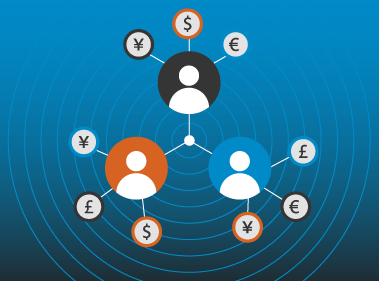

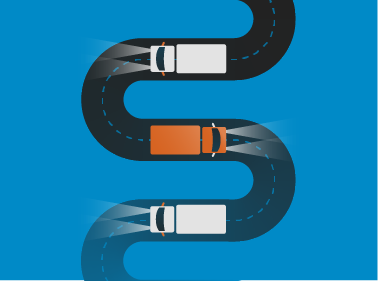
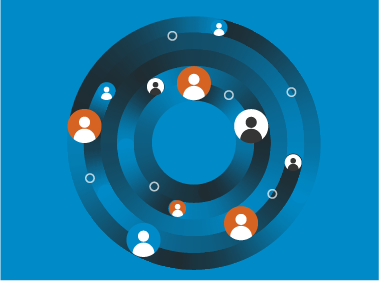
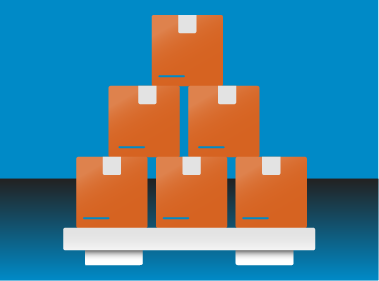
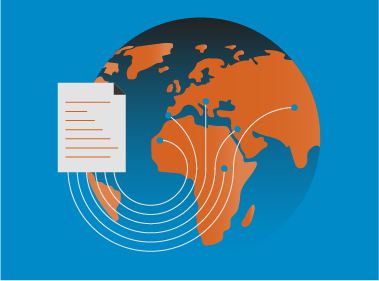
Key Results
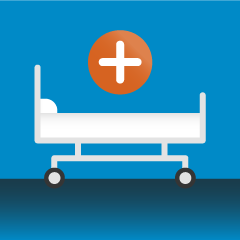
12,000
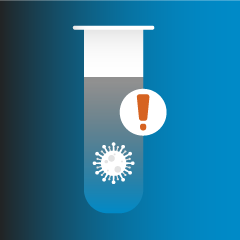
250m

50%
Nearly 250 million PPE items and vital medical supplies sent to more than 150 countries thanks to the Fund
199m
Medical masks
20m
Respirators
39m
Gloves
8.7m
Face shields
7.0m
Gowns
1.6m
Goggles
Deploying Medical Experts
As COVID-19 spread, another massive counter-step was taken — training health care workers and frontline responders with the latest information to manage severe cases of the pandemic.
In December 2020 the Emergency Medical Teams Regional Training and Simulation Center in Ethiopia was created by WHO to train frontline responders from all over Africa. Thanks in part to resources from the Fund, to date, 22 countries have received support from 10 Emergency Medical Team network partners and 5,334 healthcare personnel have been trained on the management of severe and critical COVID-19 cases.
Leaving No One Behind
In here, the situation is not good. Overcrowded camp. No physical distance among refugees. We use the same toilet and shower. Food line is about 20,000 refugees.
Yonas,
Eritrean refugee living in a refugee camp in Europe (March 2021)
This pandemic left vulnerable people facing greater risk than ever — including refugees and those living in conflict zones, women, children, and adolescents. They were less able to access health care services, COVID-19 vaccines, and even basic hand washing facilities.
Innovative approaches were needed. The UN, including WHO, the UN’s refugee agency (UNHCR) and UNICEF, have been at the frontlines of protecting most vulnerable communities from the pandemic’s worst effects. This work continues today, pushing for progress as the devastation of COVID-19 continues to stress fragile health systems.
The Fund supported UNHCR’s extraordinary global efforts to make sure millions of the world’s vulnerable people could access the services they needed to keep safe from COVID-19. In addition to the scaled support from WHO to more than 150 countries, the Solidarity Response Fund supported campaigns and initiatives by UNHCR, UNICEF and UNRWA to reach vulnerable populations in many countries.
Thanks to Fund support, WHO has also continued working with partners to adapt recommendations for managing child health during COVID-19, particularly for children living in humanitarian crisis settings. These recommendations are meant to support health workers that are managing COVID-19 and routine child health issues in humanitarian crisis settings via a user-friendly digital platform and mobile app. The new digital tools allow WHO to rapidly disseminate the most recent guidance on children and COVID-19 to health workers, to deliver the most appropriate COVID-19 relevant care and to communicate accurate health messages to families and communities.
WHO has also partnered with front-line civil society organizations (CSOs) in 25 priority countries spanning all WHO regions. CSOs are working to strengthen community readiness and resilience for health emergencies, including:

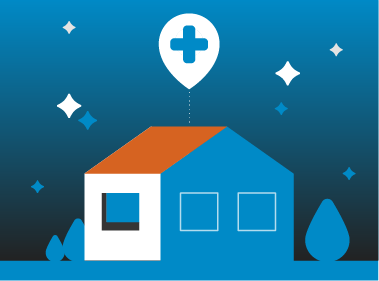

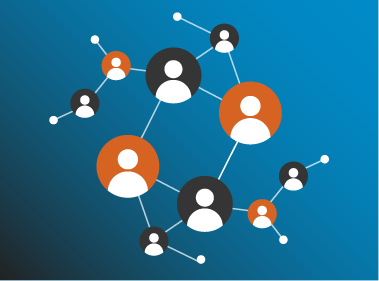

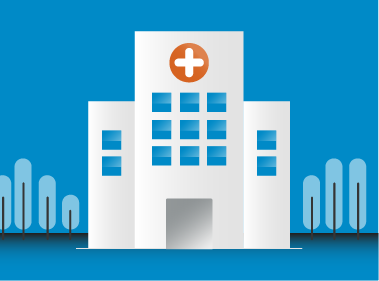
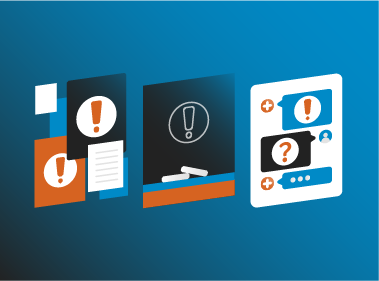
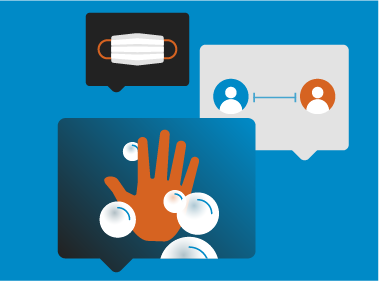
The Fund allocated money to UNICEF to educate people about the importance of hygiene in helping prevent COVID-19 and to establish local initiatives.
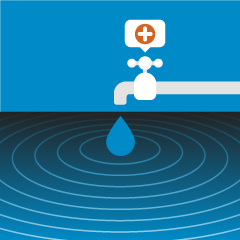
Ecuador
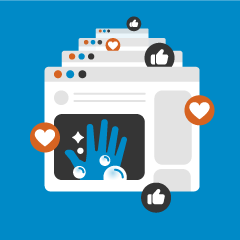
Pakistan

India
Unique Solutions for Young People
Lockdowns, school closures, and the loss of loved ones have taken a heavy toll on people’s mental health, especially young people around the world.
In Ecuador, the Fund has supported several mental health programs aimed at children. Trained social workers provide care for families with children where a family member has tested positive for COVID-19.
With Fund resources, the Big 6 Youth Organizations – a global partnership of the largest youth organizations in the world – came together to inspire young people to volunteer in their communities and implement local solutions to COVID-19 challenges. The resulting Global Youth Mobilization for Generation Disrupted is a groundbreaking initiative designed to enable youth organizations and partners to help alleviate the pandemic’s negative impact on youth development and reinforce the positive contributions of young people in response to the pandemic.
More than $2 million has been made available through small funding opportunities for young people and youth-led organizations to scale up the most effective ideas — from making masks in the Côte d’Ivoire to helping organize vaccine centers in Saudi Arabia.
Science with Speed
When this pandemic is over and there is the next one - the next respiratory disease - there will be that network of researchers. That knowledge exists and you can hit the ground running.
Dr. Maria Van Kerkhove,
Infectious Disease Epidemiologist and COVID-19 Technical Lead with the World Health Organization Health Emergencies Programme
Could a safe, effective vaccine be available within a year of the pandemic being declared? In March 2020, that seemed like a dream. Previous vaccines had taken years to produce. Knowing that getting vaccines into people’s arms was vital, the Fund made an early investment in vaccine research and development.
The Coalition for Epidemic Preparedness Innovations (CEPI), a global partnership started five years ago and underpinned by WHO’s scientific leadership, took the lead in stimulating early investment in research and development for COVID-19 vaccines that would specifically be useful in LMICs. The Fund provided rapid support to CEPI’s vital work, and the improbable quickly became reality.
In fact, the scientific research and progress made possible by the Fund has been nothing short of phenomenal. Thanks to the Fund, WHO was able to design game-changing collaborative studies on vaccines and therapeutics, create a global network of scientists to marshal all best thinking, design a standard global approach to understanding antibody response, and even design ways to counter the mass of disinformation that was rapidly spreading.
A Race Against Time
In January 2020, the emerging pandemic was already spreading rapidly. WHO, CEPI, and its network of partners realized they needed to focus urgently on a vaccine. The Fund proved immediately invaluable. Some of the first monies raised from the Fund allowed CEPI to drive ahead with this critical work. CEPI has the world’s largest portfolio of COVID-19 vaccine candidates, and two of the world’s earliest authorized vaccines against COVID-19 received funding from CEPI.
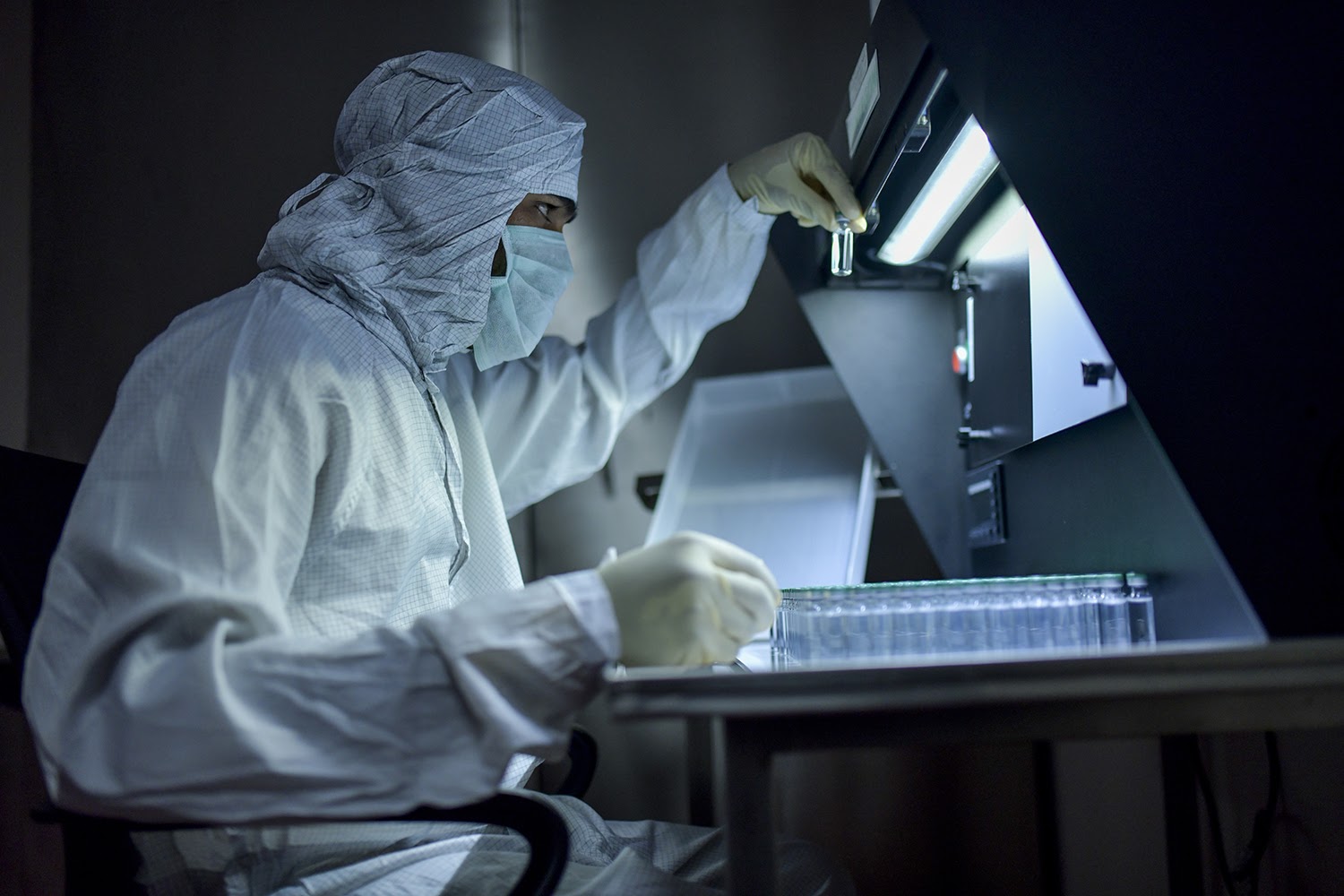
The goal was a moonshot never before attempted in the history of global health: to create safe and effective vaccines that could be produced at scale and made accessible to everyone around the world. All within 12-18 months. The results were even more astonishing with not just one, but several effective vaccines developed within this seemingly impossible time frame.
Now, the challenge is to ensure everyone, everywhere, receives access to these lifesaving COVID-19 vaccines, not just those in the richest nations. We can’t leave any region, any country, any community, anyone behind: no one is protected until everyone is protected.
Source: CEPI
Breaking New Ground
Very early on, it was clear that any response to COVID-19 stood little chance of succeeding without a groundbreaking catalytic force at its core. With its huge scope and financial resources, the Fund provided exactly this. It enabled WHO’s R&D Blueprint team to bring together experts around the world to work on large-scale global studies, inspiring governments and organizations to rally around this scientific effort.
The foremost way WHO coordinated the scientific agenda, made possible by the Fund, was the creation of WHO’s Global Research Roadmap – the R&D blueprint for COVID-19. The roadmap has guided immediate, mid-term and long-term research priorities and, since its inception, has facilitated the close collaboration of more than 3,000 researchers from 134 countries. Crucially, 40% of researchers are from low- and middle-income countries ensuring appropriate representation from across the world.
Solidarity Trials
Two massive studies supported by the Fund formed the backbone of this roadmap: the Solidarity Trials and the Unity Studies. Could existing treatments boost people’s chances of survival and reduce hospital stays? Answering this question was the urgent aim of the Therapeutics Solidarity Trial, quickly established by WHO alongside the Vaccine Solidarity Trial.
With the resources of the Fund behind it, the scale of the Therapeutics Solidarity Trial was staggering. It quickly became one of the largest global trials ever implemented. By the end of 2020, over 15,000 patients were enrolled from over 500 hospitals in 30 countries across all WHO regions, testing the efficacy of four treatment candidates, since expanding to more treatment arms as part of an expanding network.
Thousands of blood samples were tested for antibodies and mutations, each one bringing scientists closer to answers on which treatments were effective and which, like chloroquine, were not. This understanding was reached exponentially faster thanks to the remarkable power of the Fund.
Similarly, the Solidarity Trial for Vaccines, still enrolling patients in 50 sites in at least three countries, will have the ability to align science and research globally with efficacy and speed – a platform that could become especially important in the context of variants and reduced efficacy of first-generation vaccines.
The Solidarity Trial approach has also established a new foundation of support for global health responses: “We’re seeing this as the way of doing things in the future, having more turnkey solutions so that if there’s a next pandemic, we can just reactivate the platform.” Patrick Lydon, R&D Blueprint with the World Health Organization Health Emergencies Programme.
Focus of Solidarity Trial format
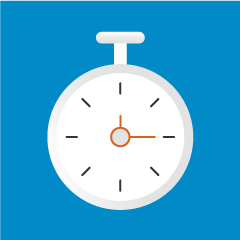
Speed

Scale
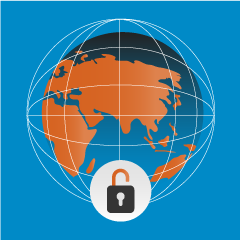
Ease of access
Unity Studies
At the same time, WHO mounted a global investigation to better understand transmission patterns and immunity responses to COVID-19. Using seroprevalence studies that test for antibodies in blood samples from a proxy group, the true number of infections in a population can be estimated. These studies provide data on under-reported infections that may have been missed by routine diagnostic testing, but should be interpreted carefully.
Through the Fund, WHO was able to dramatically increase the quality, scale and effectiveness of this vital work through a globally coordinated initiative called the Unity Studies, which aims to provide robust methods to conduct COVID-19 seroepidemiology studies globally. The Fund’s help enabled WHO to include many countries that may not have had the capacity to do this work themselves, especially low- and middle-income countries.
These UNITY standardized generic protocols have enabled a better understanding of COVID-19 infection, potential risk factors among certain groups, and the extent to which people remain susceptible to COVID-19 infection. They have generated data for reliable comparisons, synthesis and action around the world.
Countries like Indonesia joined the study in July 2020 with data from 10,000 participants in 17 Indonesian provinces. As these countries shaped their public health response to the pandemic, it added huge momentum to the global effort to tackle the virus.
There has been a remarkable snowball effect from these studies. Through a geographically diverse global network of local principal investigators, the consortium lays the groundwork for a vital long-term network for future surveillance and research.
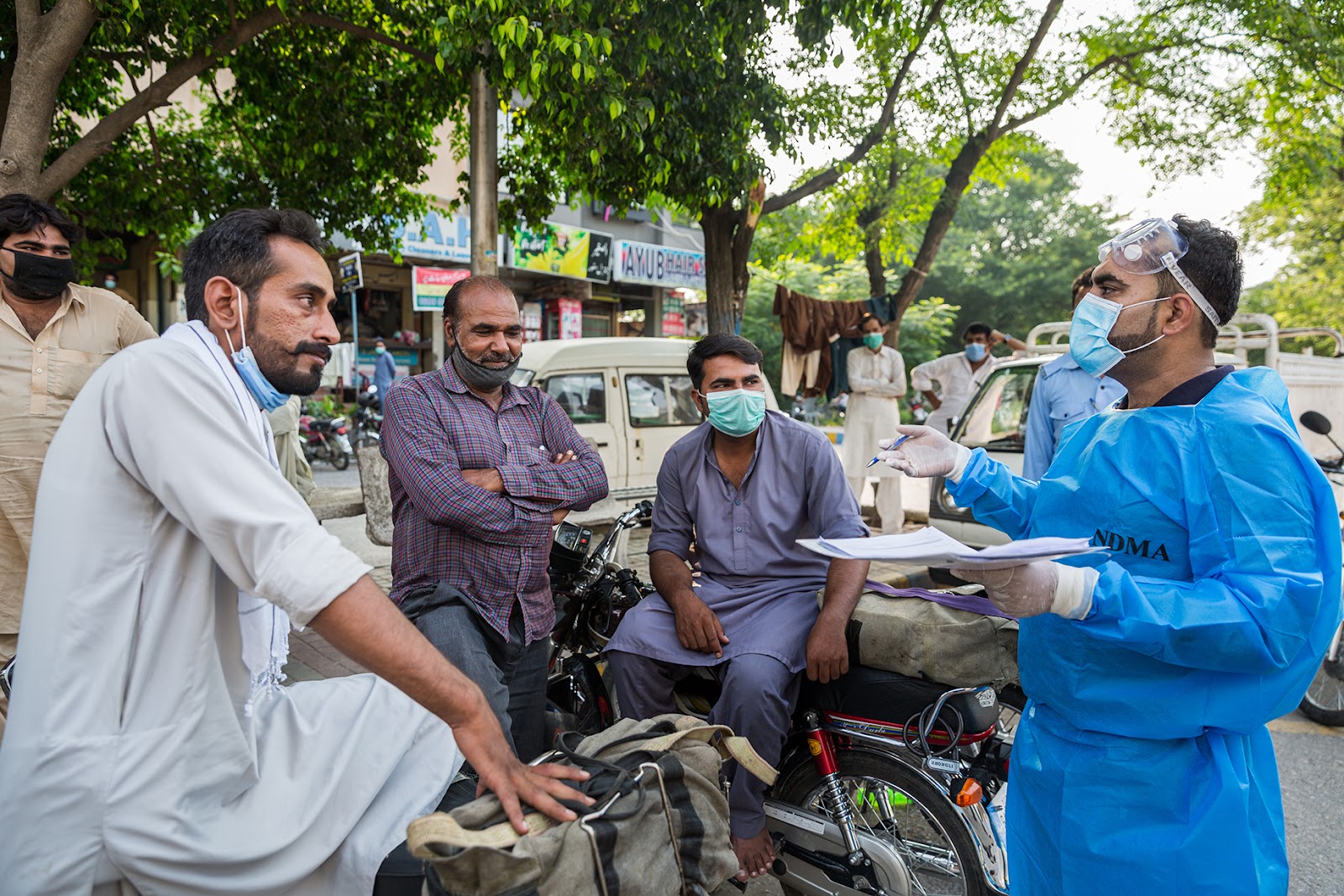
Fighting the Growing Infodemic
During a global crisis, another kind of threat to health and happiness is often unleashed. An ‘infodemic’ is a mass of information – some accurate, some not – that spreads aggressively around the world. An infodemic can cause confusion and panic, making it hard for people to find trustworthy sources and know what advice they should follow.
With Fund resources, WHO has collaborated with partners to develop open source COVID-19 misinformation fact-checking tools, engaging fact-checking groups in over 40 languages. WHO provided first-of-its-kind technical guidance on infodemic management, social listening, and other global health security and information topics through massive open online courses or MOOCs.
These groundbreaking resources help provide everyone, everywhere, with accurate understanding of the emerging global health threat.
Looking Ahead
The COVID-19 Solidarity Response Fund was a historic response to a historic event. It has shown what is possible when the world works as one, combines resources, and targets them in nimble and strategic ways. We can help families survive and thrive by reaching the people and initiatives that need it most.
It has also shown how donations large and small, from anyone, can add up and have tremendous impact. During the Fund’s first year, it was the second biggest contributor to WHO’s COVID-19 Strategic Preparedness and Response Plan. WHO allocated funding and resources efficiently, transparently, and generously with $1 in every $4 going to outside partners who could contribute their expertise.
But we know the pandemic isn’t over yet. New variants pose a threat as they spread rapidly around the world. Low vaccination rates and wild disparities in vaccine coverage worldwide means many people have little or no protection. Misinformation continues to undermine proven science and prolong the pandemic.
The challenges from the start of the pandemic remain challenges today. The pillars of response must remain equal access to vaccines and treatments; reducing exposure through social distancing, mask wearing and ventilating indoor spaces; strengthening health care systems to manage COVID-19 and other health emergencies; and countering misinformation.
Though the COVID-19 Solidarity Response Fund ceased active fundraising at the end of 2021, the needs are still great. Donors can still support WHO's COVID-19 response needs through the WHO Foundation.

